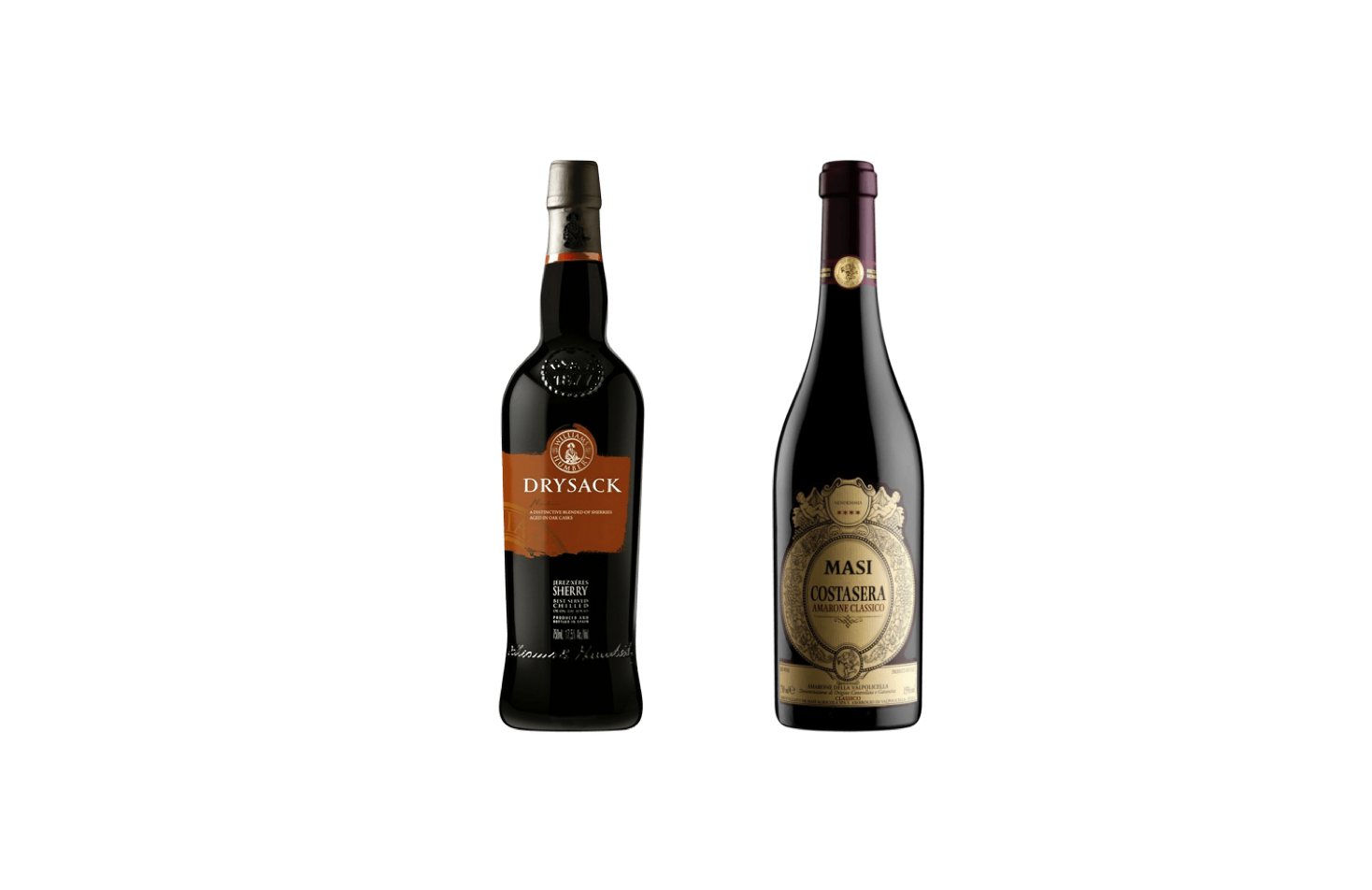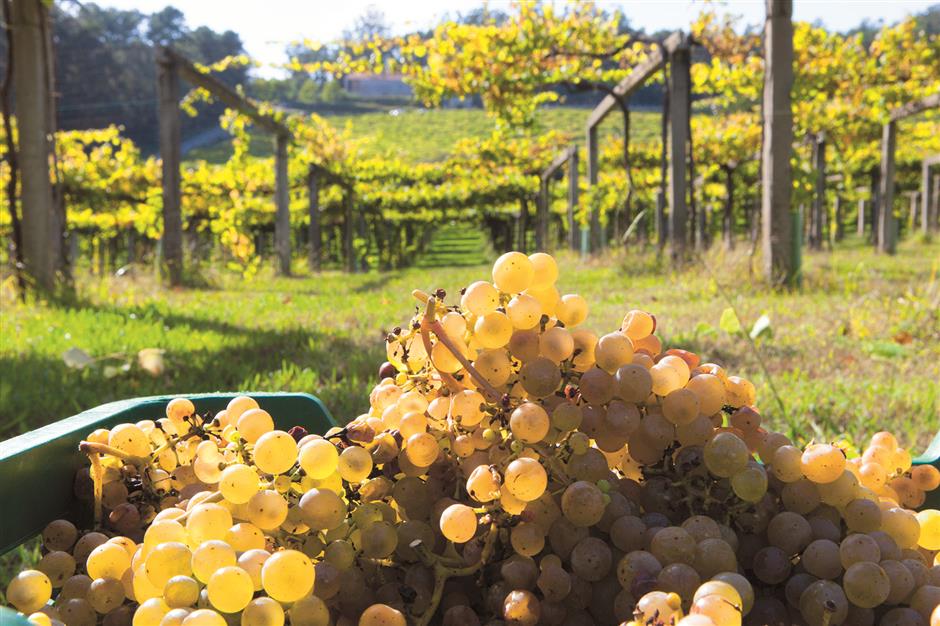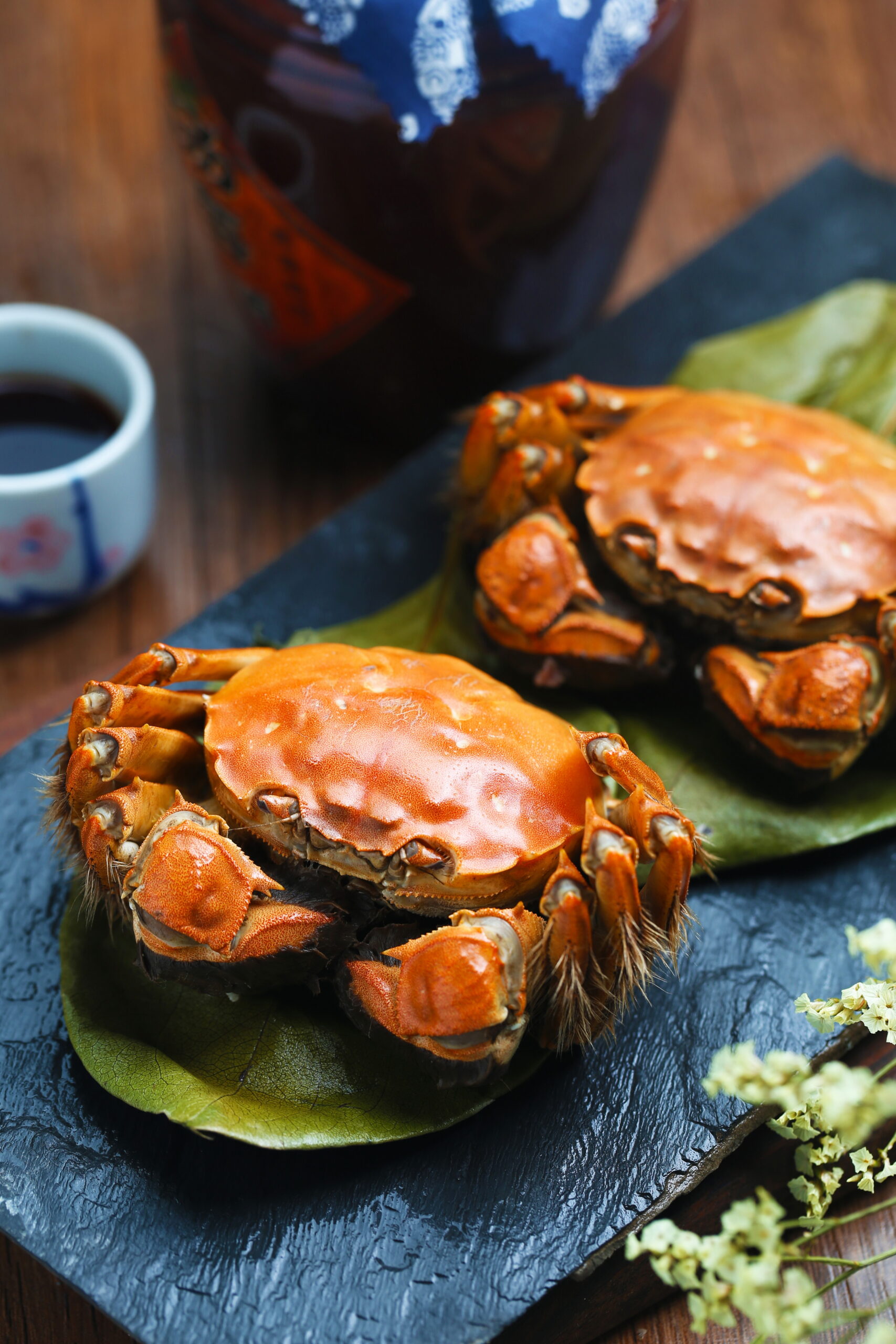I first experienced ma-la hot pot about 25 years ago and like many lovers of this Sichuan treasure my culinary life was forever changed. For the uninitiated it’s hard to describe the unique and addictive qualities of this special meal. Much more than a dish, ma-la hot pot is an exhilarating communal culinary experience that uniquely challenges your senses. Ma-la hot pot is also a bonding experience and an essential rite of passage for lovers of spicy foods. During my frequent wine travels abroad, the first week away from home I happily savor all the local ingredients and dishes then sometime during the second week I start craving the flavors of China. The first night back I rush to a local eatery to experience real Chinese food. A ma-la restaurant is often my first stop.
Wine and ma-la pairing
The topic of pairing wines with spicy foods always creates controversy. Many food and wine pairing traditions emanate from western wine connoisseurs who resolutely claim that wine is too delicate for spicy foods. They counsel either beer or tea as more suitable solutions. I don’t buy this thinking for two reasons. First, most western wine connoisseurs neither know nor like spicy Chinese cooking regardless of what beverage accompanies the dishes. Secondly, the predominant influence on food and wine pairing rules were made with traditional French wines like Bordeaux and Burgundy in mind. While these regions make some of the greatest wines in the world, they are not the most flexible in food pairing and certainly not the most appropriate for spicy foods.
Picking beer to accompany a ma-la hot pot is an easy yet imperfect compromise as beer even at its best is merely a neutral companion to spicy foods, never an embellisher like the appropriate wine. There are many things in a Ma-La hot pot that make it a challenge for wines, but the two major culprits are the Sichuan pepper corns and red chili peppers.
Sichuan pepper corns & chili peppers
The art of food and wine pairing among other factors necessitates a fairly detailed understanding of ingredients. Since Sichuan pepper corns and chili peppers are the greatest challenges to wines, let’s take a closer look at these beloved foods. The Sichuan pepper corn is derived from the Zanthoxylum genus and in fact is more closely related to the citrus family than the black or white pepper families. They are an important ingredient in western and northern Chinese cooking. The Chinese name, huajiao, literally means flower pepper. Coming from a rather scrappy looking short tree or bush, the seeds are discarded and the skins or husks are used to create the finished pepper corns. The best pepper corns come from Hanyaun County in Sichuan Province. The key quality or sensation these peppers impart to foods is a numbing quality on the palate that’s been described as a combination of spearmint and Novocain. Contrary to the popular conception that they dull the flavors of food, in fact recent studies indicate that they stimulate the receptors on your tongue and sharpen your ability to differentiate the flavors and textures of foods. In the case of ma-la this means that despite the numb feeling in your mouth the natural flavors of the chilies and ingredients cooked in the pot are accentuated. Your ability to sense fruit, acidity and tannins in wines is also heightened.
My Sichuan friends are nonplused when told that chili peppers are not an ancient or historic part of Sichuan cuisine. Now synonymous with Sichuan cooking, chili peppers didn’t actually arrive to Sichuan until the late 16th century. In 1493 Diego Alvarez Chanca, a doctor on the second voyage of Christopher Columbus to the New World, was the first to bring chili peppers to Europe. These fiery treats where then introduced to Asia by Portuguese and Arab spice traders. Despite their relatively late introduction, by the 17th century chili peppers were already popular in Sichuan and several other regional Chinese cuisines. Their unique and delicious way to provide fire and flavor elements to a dish now make them an essential ingredient in many Sichuan dishes including ma-la hot pot.
Capsaicin and related chemicals called capsaicinoids give chili peppers their heat. These fiery little creatures bind to the pain receptors on your tongue and mouth sending messages of heat and pain to your brain. A good way to offset these sensations is to drink a boldly fruity and slightly sweet red wine.
Wine solutions
The spiciness of ma-la hot pots varies and therefore so do the ideal wine solutions. At many restaurants you have an option to pick the spiciness of your hot pot, from “small” hot to “large” hot. Therefore, I’ll choose the best wines for moderately spicy hot pots and very spicy hot pots.
When I enjoy a moderately spicy ma-la hot pot I often serve a big Ausi Shiraz from Barossa or an Amarone wine from Veneto. Both red wines have super ripe dark fruit flavors with a touch of sweetness and soft tannins. These attributes are perfect for a moderately spicy ma-la hot pot as the combination of fruit and sweetness assuages the sensations of heat and numbness while the supple tannins of the wines help cleanse your palate of any greasiness. As both wines are somewhat high in alcohol, about 14 to 16.5 percent, it is important to chill the wines before serving. With ma-la hot pot I suggest serving the wines about 14-15 Celsius. The lower temperature will further comfort your palate. Two wines I’ve had great success with pairing with moderately spicy ma-la hot pots are the Italian Masi Costasera Amarone Classico DOC and Ausi Torbrech Woodcutter’s Shiraz.
Very spicy ma-la hot pots boarder on the realm of extreme eating and require personal fortitude and in my opinion, a fortified wine. I suggest a semi-sweet to sweet Sherry or sweet port. These fortified wines feature a flavor intensity and bold character that’s not overwhelmed by very spicy foods and they have the requisite sweetness to counteract the heat and numbness of a very spicy ma-la hot pot. It’s essential to serve these fortified wines well-chilled, about 10-12 Celsius, so the sensations of alcohol are mitigated. Some ideal partners with the most fiery and numbing ma-la hot pots are the semi sweet Williams & Humbert DrySack Medium Sherry or the sweet Lustau East India Solera Sherry. If you’re a Port lover then I suggest a straight forward fruity Ruby Port from Dow’s, Taylor or Grahams.
As a rather sad footnote to this story, unfortunately I have yet to find an enjoyable and authentic ma-la experience in Shanghai. If you know of one, please let me know.





